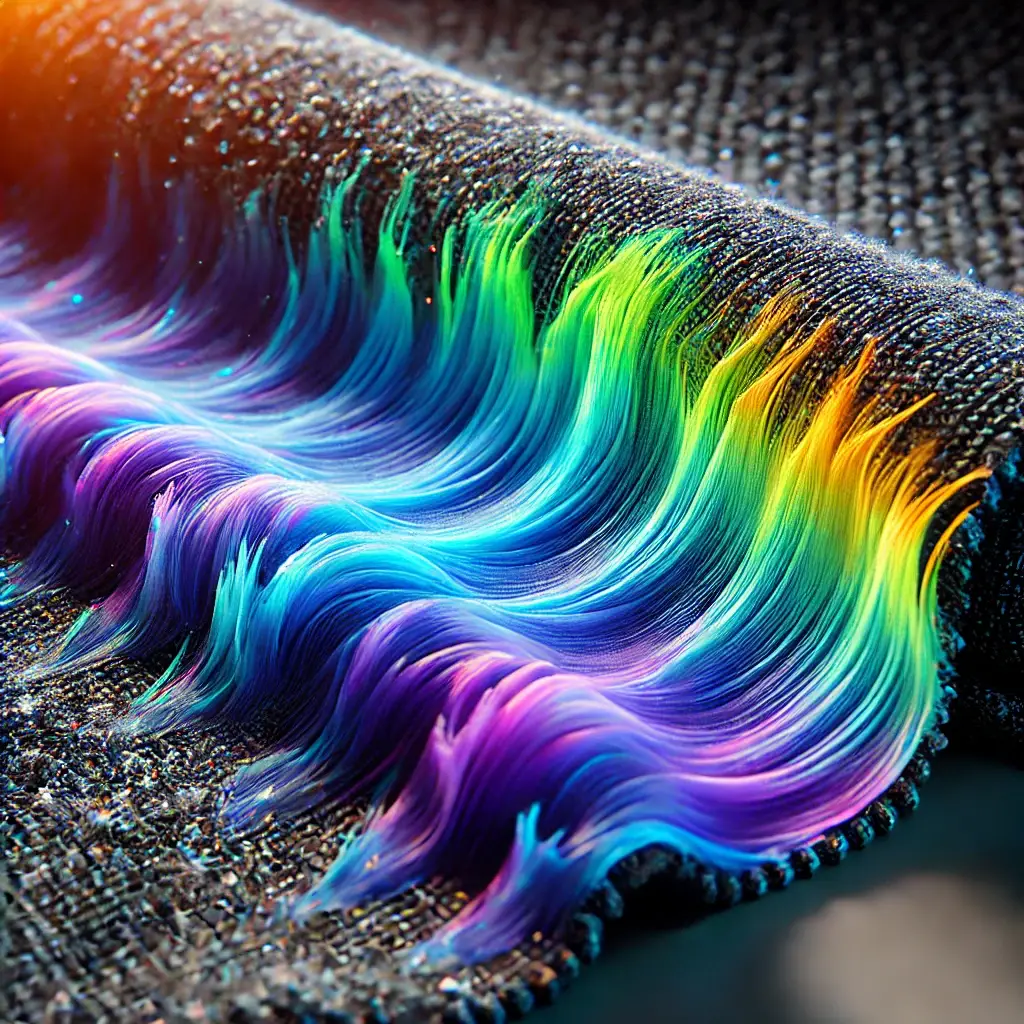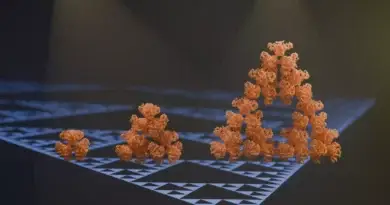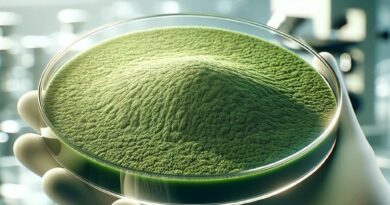New Biotech Innovation: Self-Pigmenting Textiles

A recent study published in Nature Biotechnology, led by Kenneth T. Walker from Imperial College London, explores an innovative method for producing environmentally friendly textiles using bacteria. The research focuses on bacterial cellulose (BC) produced by specific bacteria, offering a sustainable alternative to traditional textiles. BC is biodegradable, can be produced quickly and cost-effectively, and possesses properties suitable for high-end applications such as fashion and acoustics. The paper is titled “Self-pigmenting textiles grown from cellulose-producing bacteria with engineered tyrosinase expression.”
Engineering Self-Pigmenting Bacterial Cellulose
The research team genetically engineered the bacterium Komagataeibacter rhaeticus to produce the pigment eumelanin directly within the bacterial cellulose. Eumelanin is a natural pigment known for its stability and protective qualities against ultraviolet radiation. By integrating pigment production into the cellulose synthesis process, the researchers aimed to create a “self-pigmenting” textile, eliminating the need for harmful chemical dyes commonly used in the textile industry.
Environmental Significance
This bacterial approach addresses major environmental issues associated with traditional textile production, such as pollution from dye chemicals and high carbon emissions. The use of genetically modified bacteria to produce pigmented textiles offers a sustainable alternative that could reduce reliance on petrochemicals and decrease the environmental impact of the textile and fashion industries.
Methodology
The study detailed a two-step process:
- Cellulose Production: The genetically modified bacteria grow cellulose in an optimized medium for cellulose synthesis.
- Pigment Production: The bacteria are then transferred to a second medium that initiates eumelanin production within the cellulose matrix.
This method allows the pigment to be incorporated directly into the fabric during production, ensuring even coloration and reducing additional processing steps.
Challenges and Limitations
Despite the promising results, the study acknowledges several challenges:
- Optimization of Growth Conditions: The conditions required for optimal pigment production may not fully align with those for efficient cellulose synthesis, potentially complicating large-scale implementation.
- Material Properties: The pigmented cellulose may require further processing to achieve the desired properties and durability needed for commercial textile use.
- Scaling Up: Translating this technology from laboratory scale to industrial production presents challenges in terms of consistency, cost-effectiveness, and regulatory approvals.
Implications and Future Directions
The ability to genetically engineer bacteria to produce functional materials like pigmented cellulose could lead to a new class of sustainable biomaterials. This innovation has the potential to revolutionize the textile industry by providing eco-friendly alternatives to traditional fabrics and dyes.
The researchers believe that further development and refinement of their techniques could improve the efficiency and feasibility of this technology, potentially leading to wider adoption in the future. Continued research may focus on:
- Enhancing Compatibility: Adjusting growth conditions to optimize both cellulose and pigment production simultaneously.
- Improving Material Properties: Modifying the bacterial cellulose to meet industry standards for strength, flexibility, and longevity.
- Exploring Other Pigments: Engineering bacteria to produce a variety of natural pigments for diverse coloration options.
This study represents a significant step toward more sustainable production methods in industries that are traditionally resource-intensive and polluting.
References
- Original Research Paper. Self-pigmenting textiles grown from cellulose-producing bacteria with engineered tyrosinase expression. Nature Biotechnology.
Keywords
- Bacterial Cellulose, Genetically Engineered Bacteria, Komagataeibacter rhaeticus, Eumelanin, Sustainable Textiles, Environmental Impact, Biodegradable Materials, Textile Industry Innovation, Biofabrication, Eco-Friendly Dyes
Disclaimer: The information presented in this article is intended for informational purposes only and reflects the findings of the referenced study as of the publication date. For detailed information, please refer to the original research paper or consult professionals in the field.



